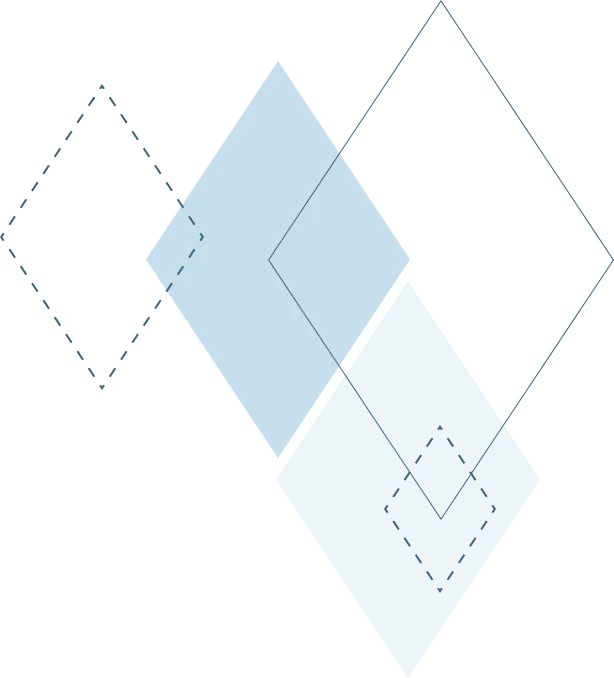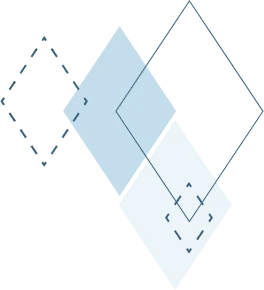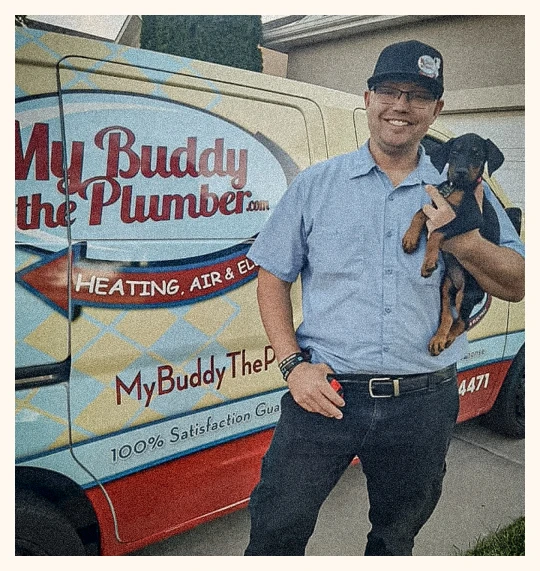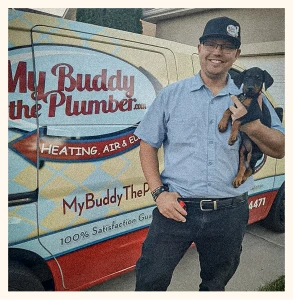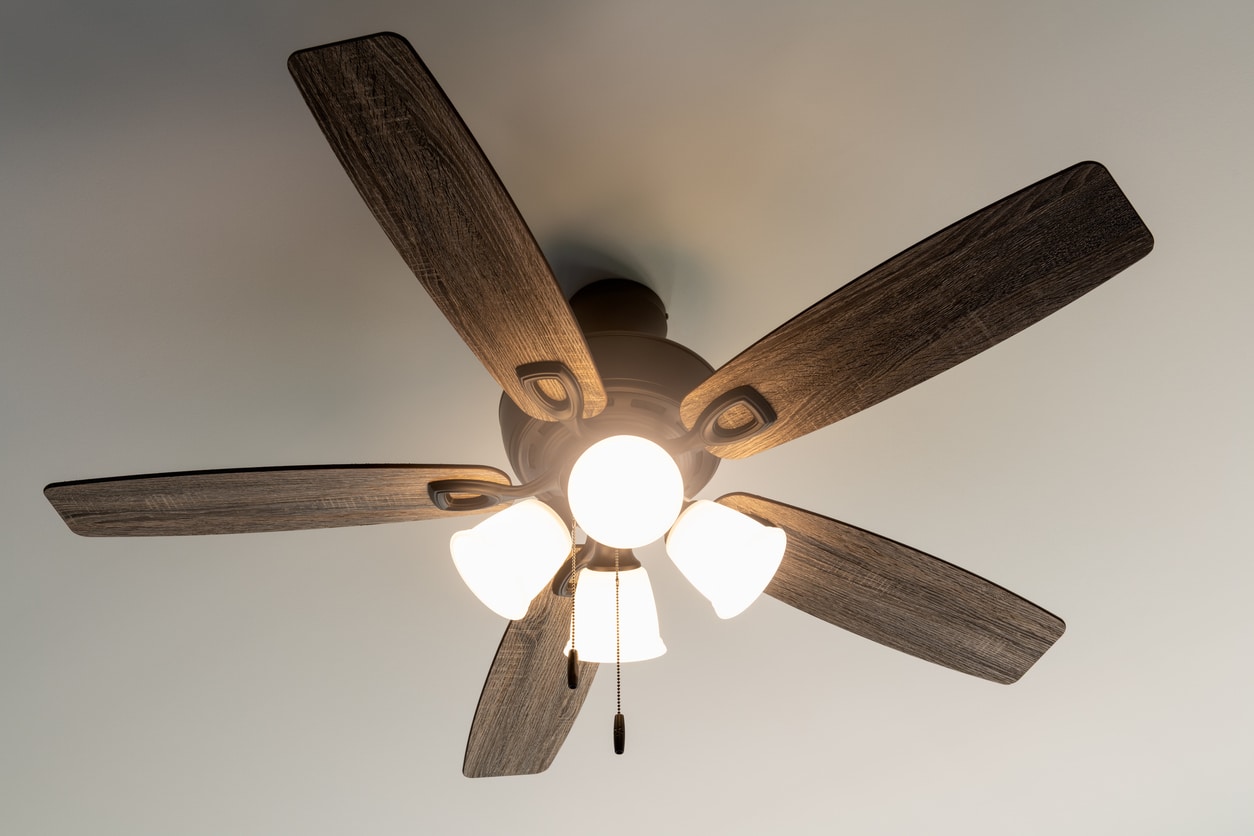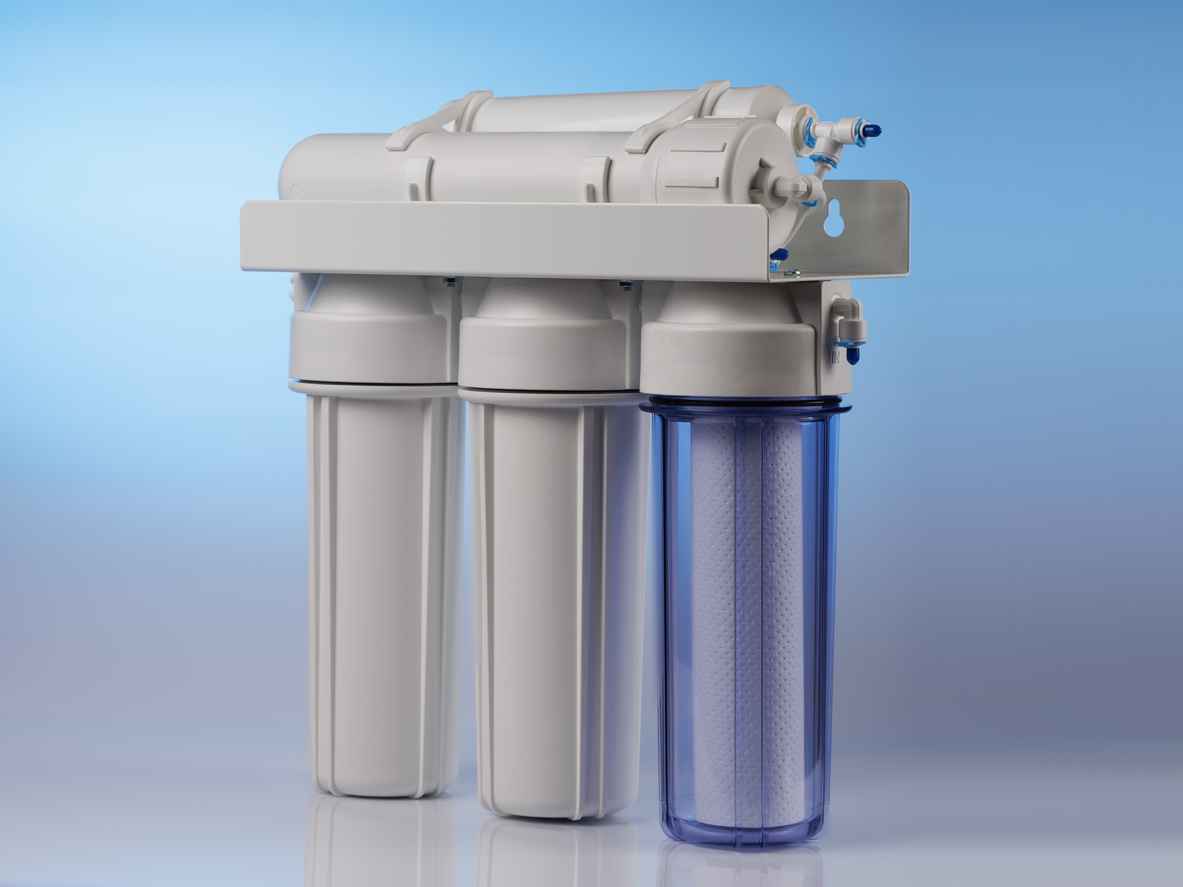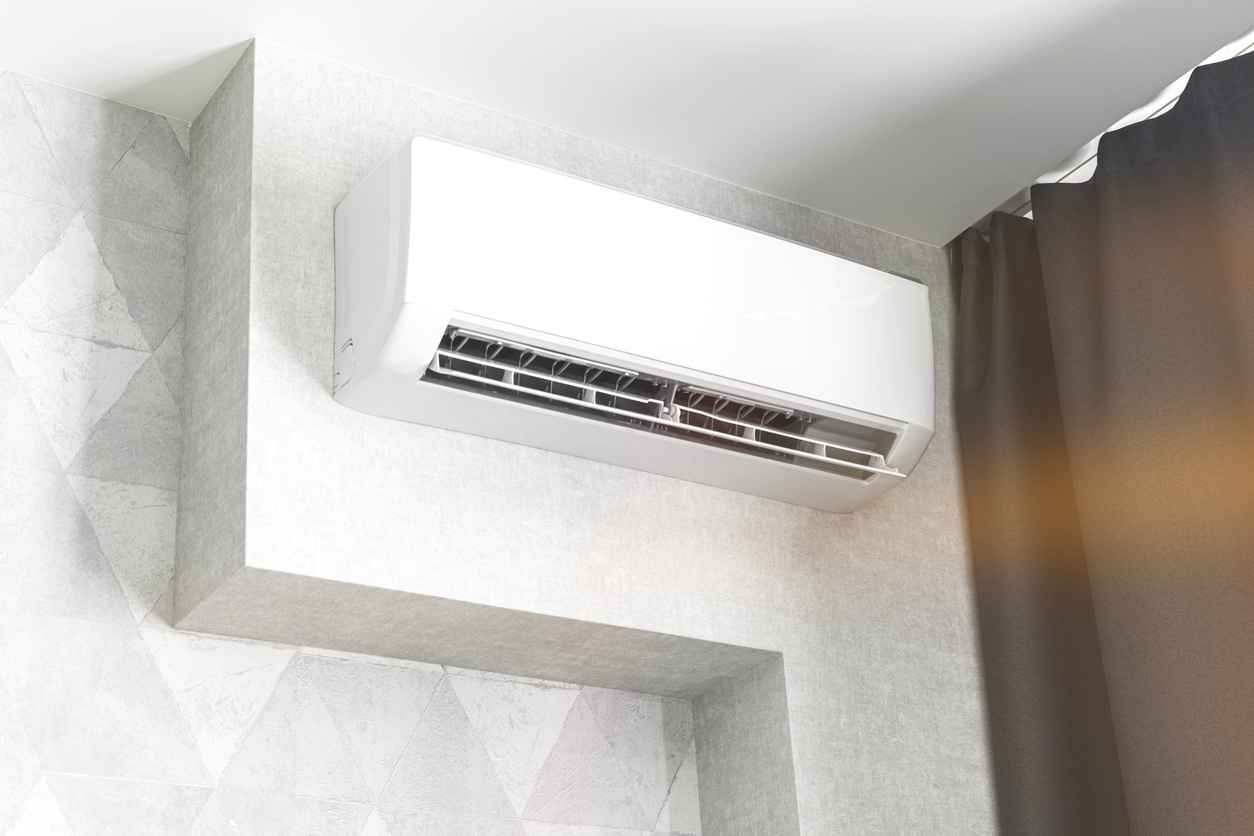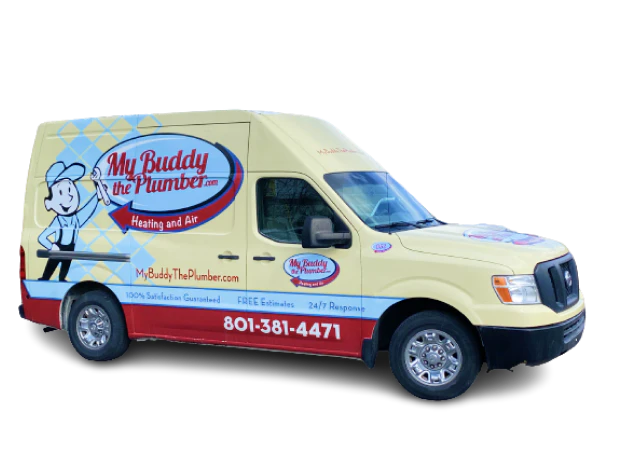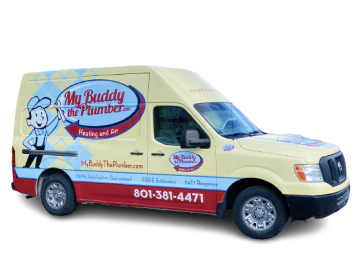The Four Most Common HVAC Air Duct Materials
The types of materials used in various parts of your home’s HVAC system and related components is always something you’ll want to be considering when tracking themes like efficiency and lifespan for various parts of the system. Insulation is a common area where the material used is important to be aware of, for instance, and there’s also a lesser-known theme that it pays to consider: The material used for your home’s air ducts.
At My Buddy the Plumber, our general heating and air services include a wide range of areas, including assistance with your ductwork and important concepts to help keep your air flowing in healthy ways throughout the year. Did you realize that there are actually four common material types used for modern HVAC ducts? Many homeowners aren’t aware of this, plus don’t know why a certain duct material might be better or worse than another for the needs your home has. Here’s a primer on all four of these duct material types, their advantages and disadvantages, and how to choose between them if you’re installing new ductwork or building a new home.
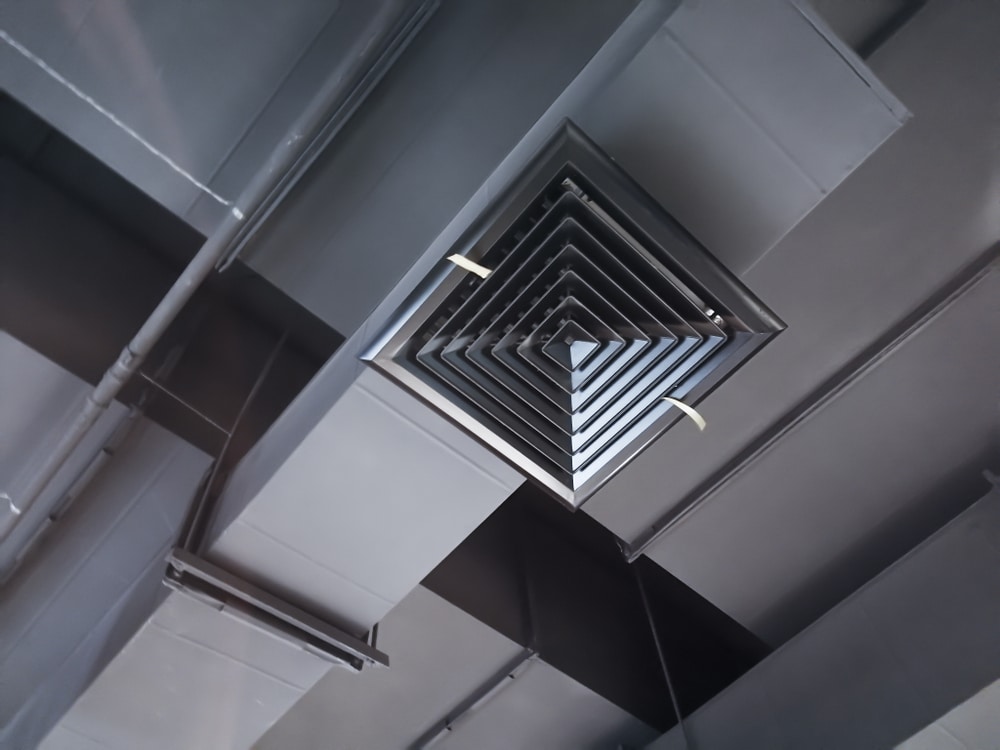
Sheet Metal Air Ducts
By far the most common type of rigid air duct material found in today’s homes is sheet metal, which typically refers to either galvanized steel or aluminum metal. They typically come in various shapes: Round, rectangular, or even in a spiral oval shape in some situations. Aluminum, in particular, is also sometimes referred to as corrugated metal for its corrugated design that allows the material to stand up better under movement at joints and other areas.
Here are some of the advantages sheet metal air ducts have over the other options:
- They are often less expensive than most other types of materials used for air ducts.
- They can be easily painted to match your decor, and don’t have a chance of being affected by water the way other duct materials do.
- They’re lighter than most other types of metal used for HVAC products, making them easier to ship and install.
- Sheet metal is non-porous, meaning it cannot be easily infected with mold or other fungi that might like to take hold in some types of duct material.
On the flipside, sheet metal air ducts also have some disadvantages depending on the situation you’re dealing with:
- They don’t hold up as well to corrosion by water, which can lead to rust and other issues down the line. (That’s why it’s important that you use a professional to install this type of material, since unskilled installers can sometimes cause more harm than good.)
- They’re not as flexible or bendable as other types of duct materials.
Stainless steel air ducts are a more expensive type of material that is often installed in commercial buildings and where flexibility might be needed for air flow. However, it’s becoming a more common option for homes nowadays, with some companies even offering the option to have it installed during new construction. These ducts are more flexible and often more durable than other sheet metal types — if you can handle the higher up-front cost of these ducts, they’re often the best choice for a new home or duct replacement project.
Fiberboard Air Ducts
Next up is fiberboard air ducts, which refer to ducts made of boards of compressed resin, bonded into organic glass fibers. These ducts come with a foil face on the outside, and this face can either be embossed to look like other ducts, or it can be painted with various colors.
Fiberboard is also excellent in terms of acoustics and thermal properties, plus is less expensive than any other duct material on this list. It’s self-insulated, meaning it acts as a type of insulation, and is resistant to rodents and other pests. It can also be fabricated to any size or configuration, which is a major advantage over other types of materials.
On the downside, fiberboard air ducts often come with a shorter life expectancy than some other types of materials, depending on where you live and what you’re doing with the ducts. Fiberboard isn’t designed for outdoor or wet use in general, and its ventilation properties leave something to be desired.
Fiberglass Air Ducts
Next are fiberglass air ducts, which actually refer to sheet metal ducts that have been lined with a fiberglass liner — either inside or outside the ducts. This liner insulates the ducts from air loss, plus helps avoid issues with condensation.
Fiberglass liners also provide solid sound dampening, reducing noise from your system — for this reason, they’re common in various offices and commercial buildings. However, fiberglass may deteriorate over time, releasing particles into the air and creating health concerns. These ducts are less common in homes today.
Flexible Air Ducts
Finally, flexible air ducts refer to those made of a spring steel wire helix, fit inside a 2-ply polymer plastic. These are some of the most modern options available, offering a low up-front price and light weight that makes them very easy to install. They’re extremely flexible ducts, able to be applied in areas where rigid metal ducts simply couldn’t go — kinks, bends and turns can all be accounted for, though these should be minimized where possible during installation.
The biggest downside of flexible ducts might also be one of their benefits: They might be too easy to install, which leads some to take only minimal care while doing so. Despite their simplicity, we strongly recommend you leave flexible duct installation to trained HVAC professionals, who will ensure all connections are made and there are no air loss or other concerns.
For more on the different types of air duct material used in today’s homes, or to learn about any of our plumbing or HVAC services, speak to the staff at My Buddy the Plumber today.
Recent Posts
Recent Posts


Join the My Buddy Club
Easy Maintenance & Exclusive Benefits
The My Buddy the Plumber’s Club is our comprehensive maintenance membership program that will protect your home comfort systems! From an in-depth home plumbing inspection to thorough furnace and air conditioning tune-ups, the club does it all. Our team will ensure your HVAC, plumbing, and electrical systems are running safely and in top shape. Joining our club can also provide plenty of exclusive perks, such as:
- Priority service
- 10% discount on repairs
- No after-hours fees
- Peace of mind
- Matched manufacturer’s warranty
- Tank water heater flush
- Drain cleaning
- Electrical safety inspection
